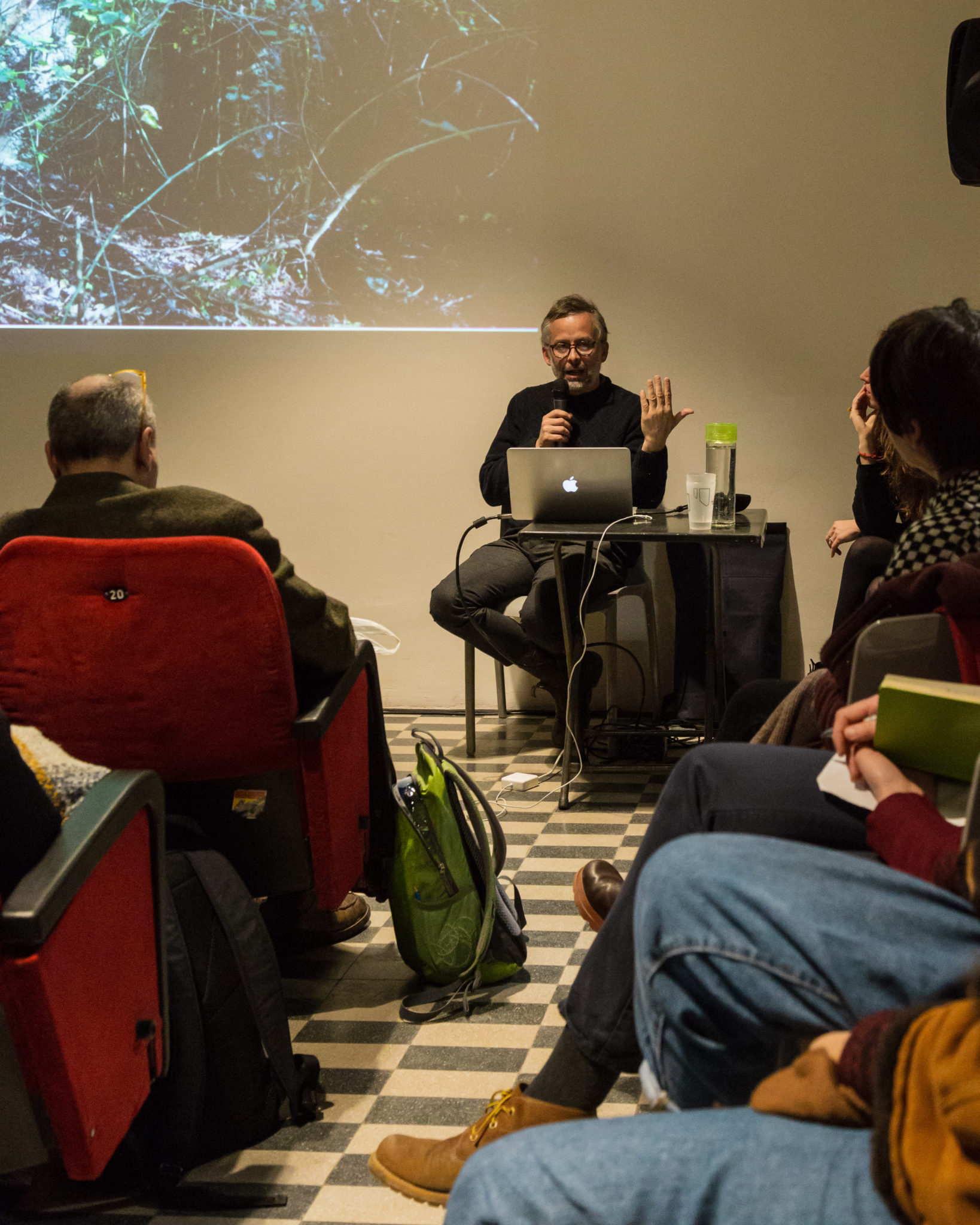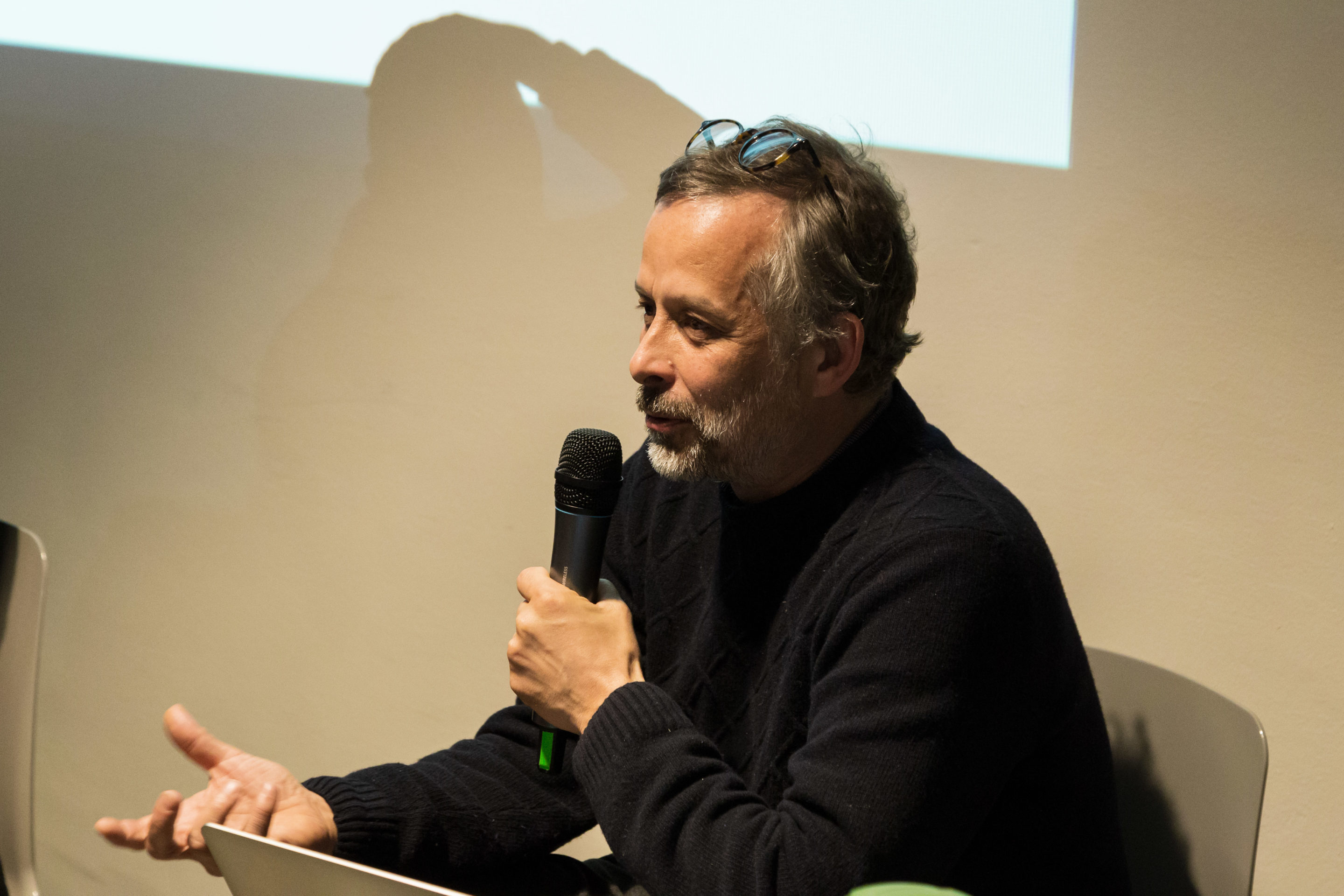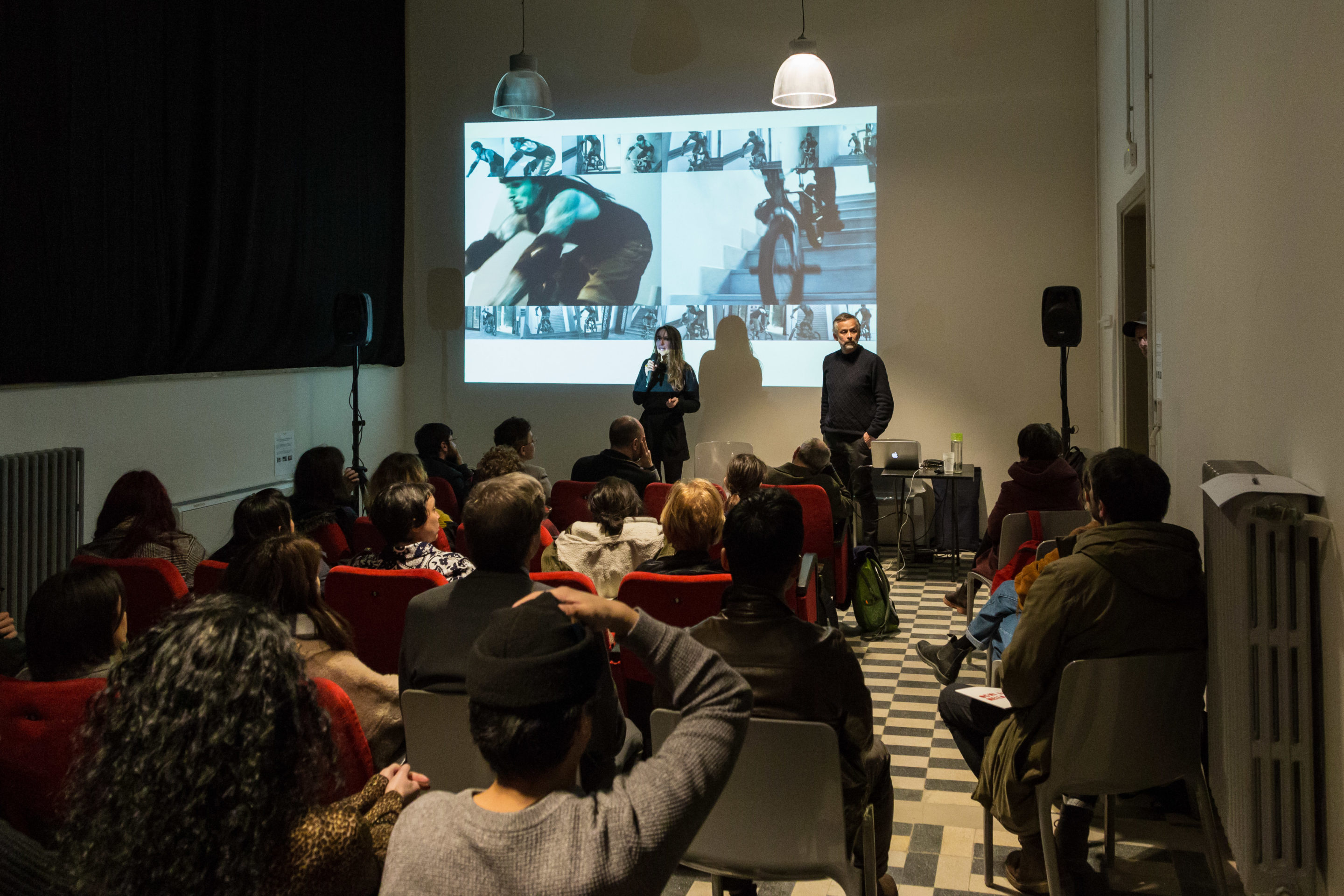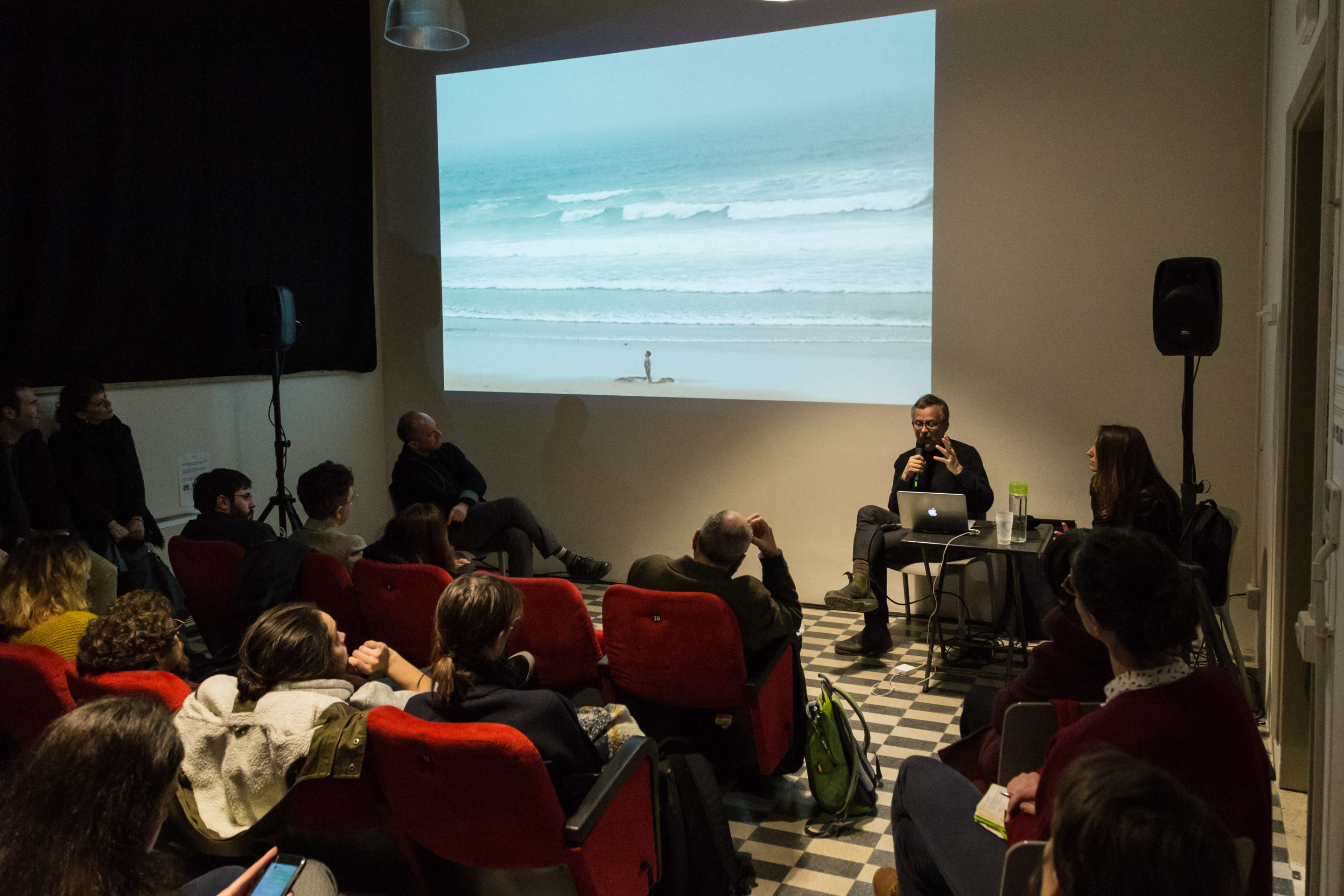Robert Pettena | La meraviglia TALKS
Artist and teacher at the Academy of Fine Arts in Florence, Robert Pettena’s artistic research investigates the relationships between video images and spatial environments, taking on diverse forms of expression that range from photography to performances and site-specific projects. For this edition of La Meraviglia TALKS, Robert Pettena drew on his own work by presenting a collection of images and videos closely related to the workshop on historic Florentine gardens, which he held with the artists in residence.
‘Un-mappable zones for a de-colonisation of space and mind’, the title of this workshop, is an invitation to think again about how we comprehend spaces, placing us within a curious new dimension that transports contemporary art to indistinct spaces, which were not originally designed to host exhibitions.
Starting from two basic elements, landscape and architecture, the work of Robert Pettena puts the public in front of relational devices, rendering them susceptible to them. An example of this is Flat Land Game (2003), a project that allowed people to measure the space of the Palazzo delle Papesse in Siena, in an unusual and unexpected way, through the crazy descent of the stairs by freestyle cyclists.
The event returns to the theme of nature and therefore also the gardens, and this emerges in Robert’s photographic work, which almost clandestinely capture abandoned buildings which nature has begun to reclaim over time, such as the Mausoleo di Ciano in Livorno, but above all in Noble Explosion, a vast selection of photos of the Italian sites of SIPE Nobel, with particular focus on Spilamberto. Fascinated with Alfred Nobel’s paradoxical name and history – noted for the prize that bears his name but also as the inventor of dynamite – Robert Pettena conducted a survey on the industrial architecture of the late nineteenth and early twentieth centuries and how they integrate with the environment, with buildings often hidden by vegetation in order to protect them from aerial bombing.
The talk from Robert wound its way through elements and images of varying natures, although very different from one another, all sharing the same intrigue and attention that the artist searches out in the lesser known, and all the more fascinating, places that populate the Italian landscape. “It’s time we returned to these places from our collective memory and looked at them with fresh eyes, after years of militancy in the contemporary world.”



